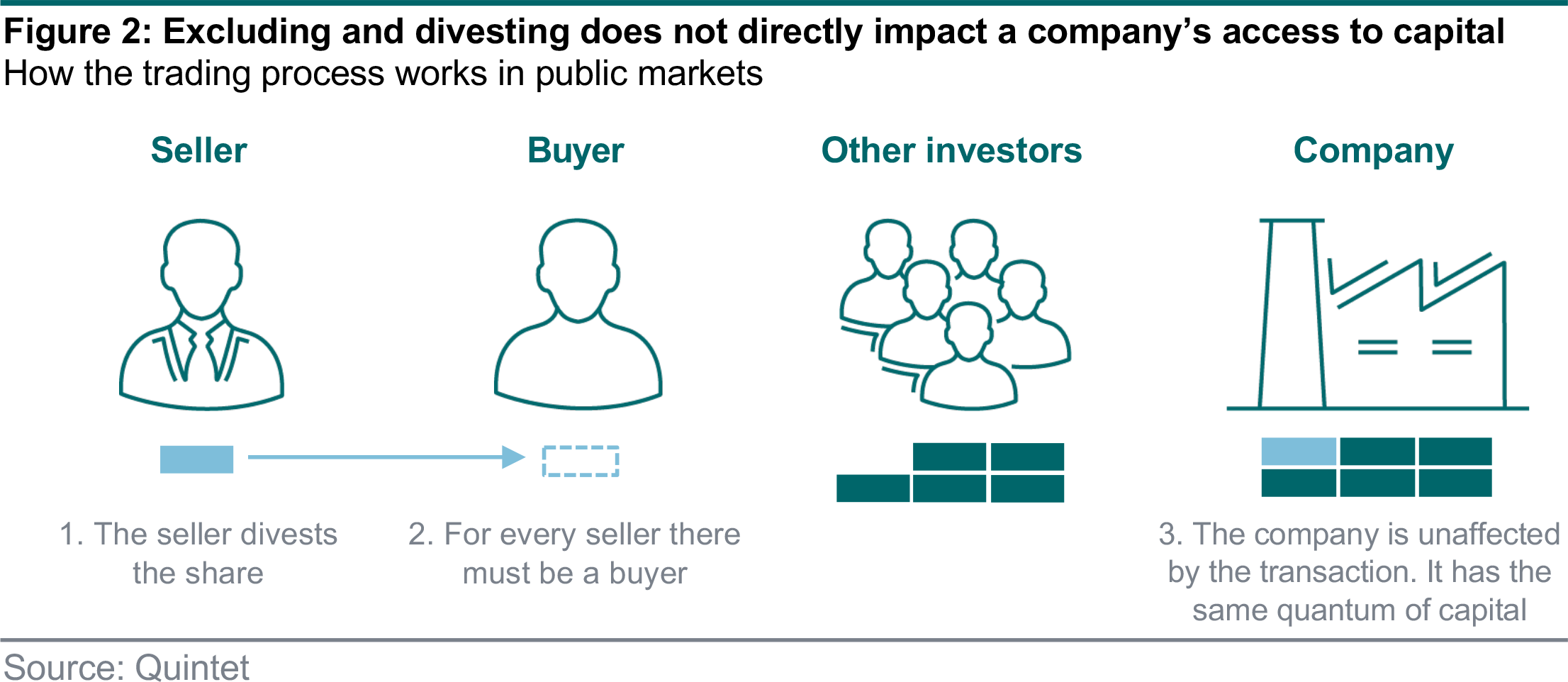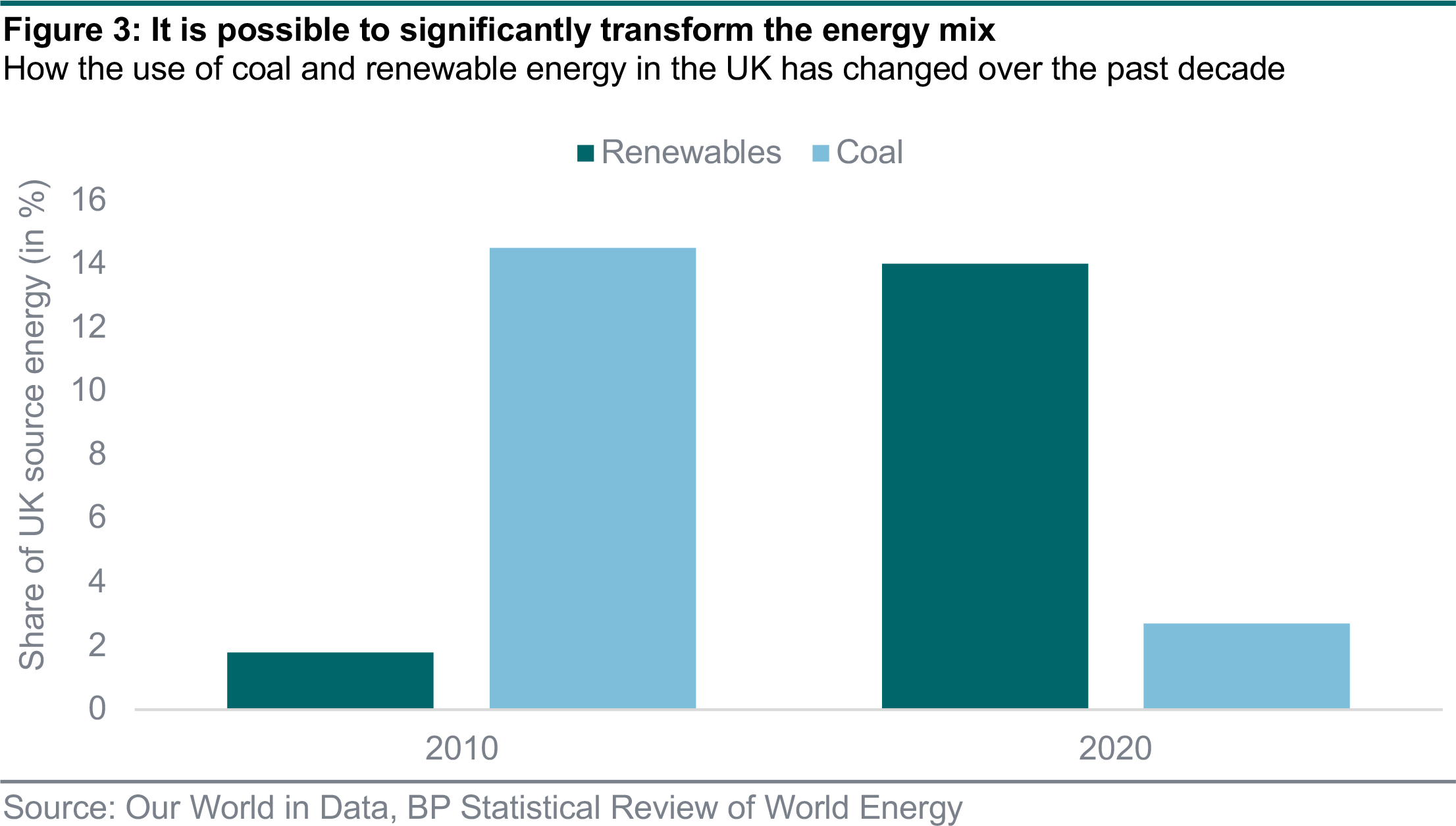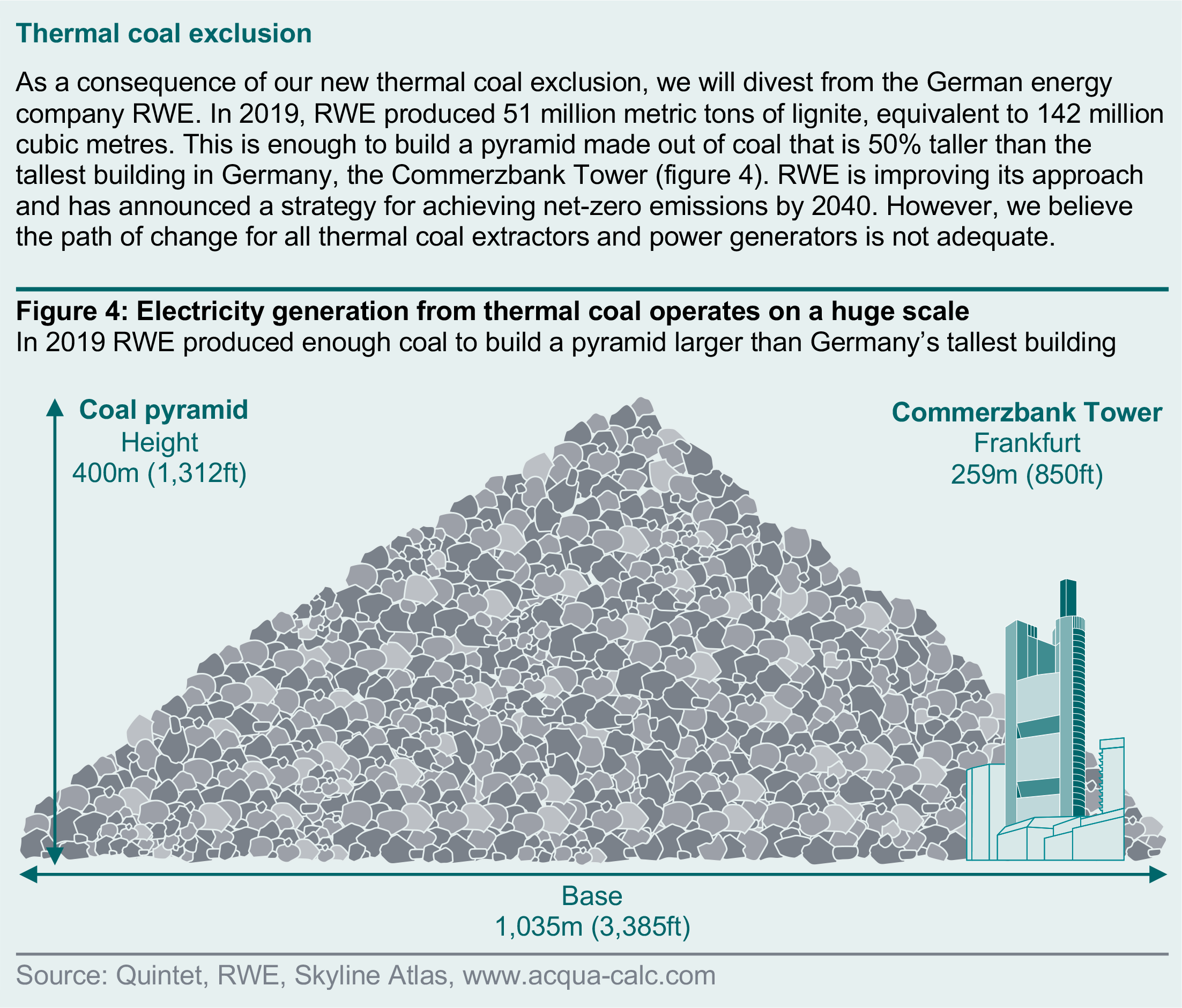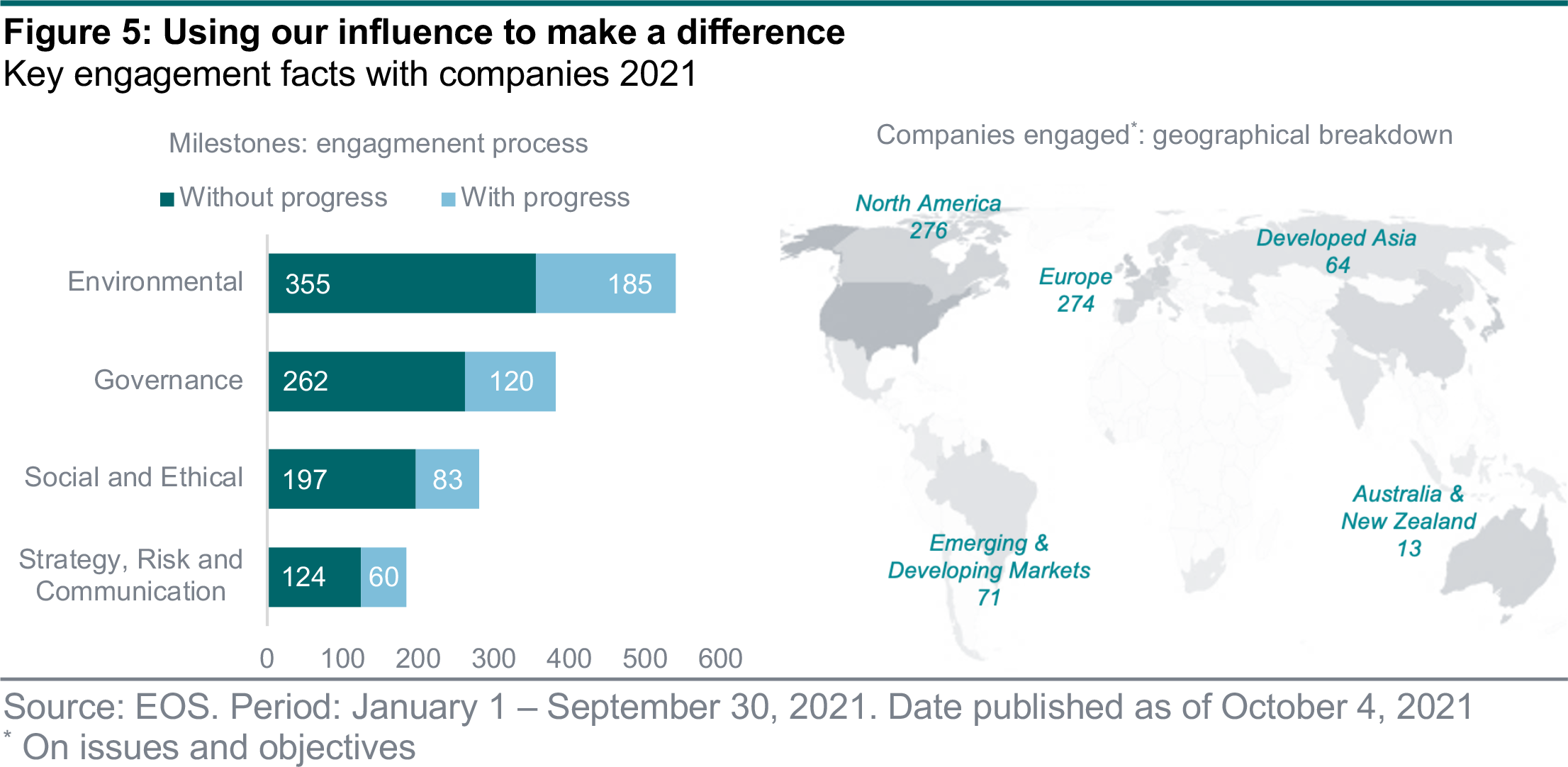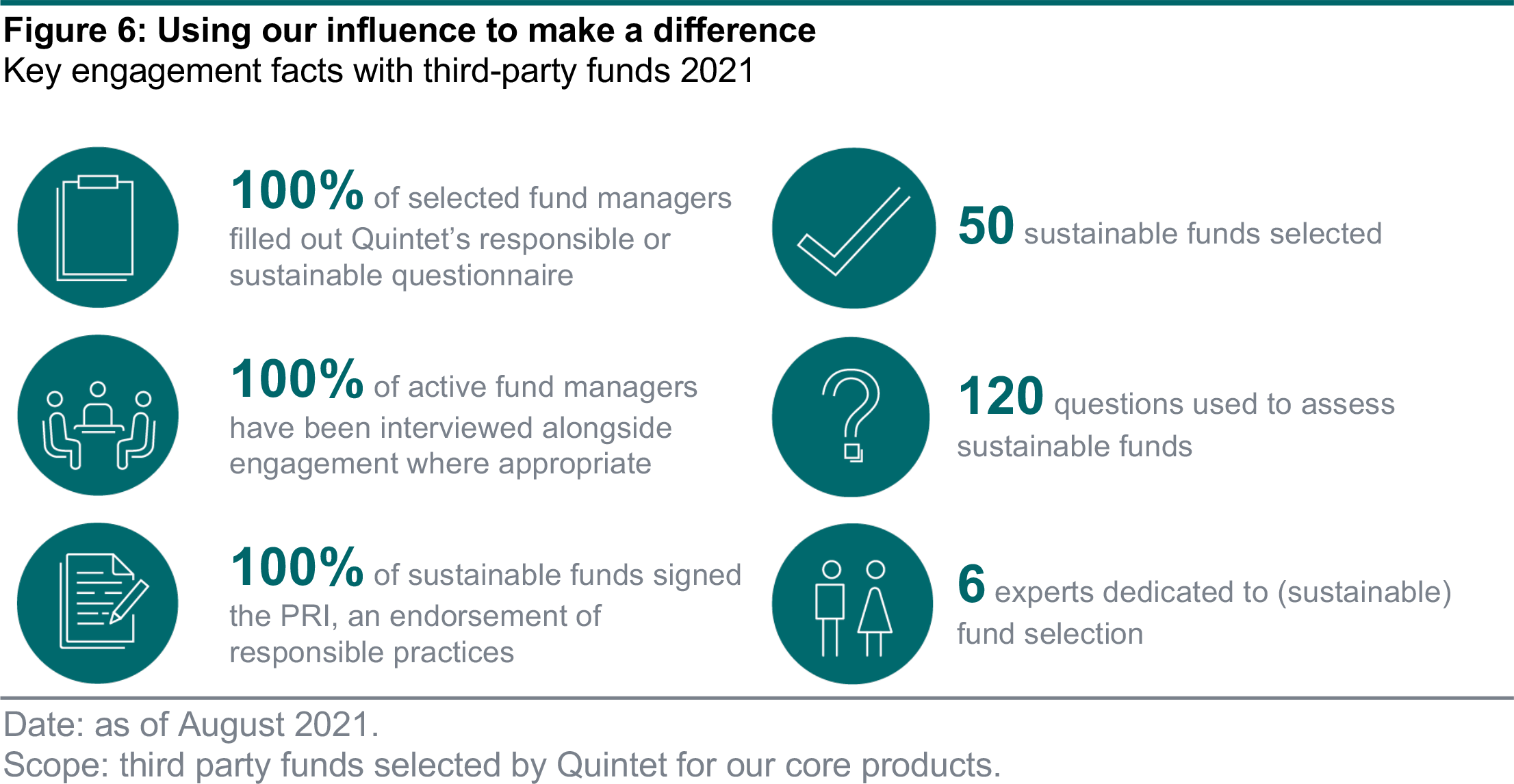-
Quintet Group
Choose your location
- DE
- Contact Us
Choose your location
Menu
-
What we do
Passing on WealthBy thinking about legacy planning now, you can make sure your wealth is passed on to the people and causes close to your heart.

- Insights
-
Sustainability
- Sustainability
- Why sustainability matters
- Embracing sustainability in our practices
- Active Ownership
- Our journey towards corporate sustainability
Active ownership to help activate changeChange what you don’t like. Invest in what you do. That’s what we believe.
-
About us
Quintet 2023 net profit rises to €46.9 millionPositive 2023 financial results, including a full-year net profit of €46.9 million, up from €18.1 million in 2022.

-
Careers





